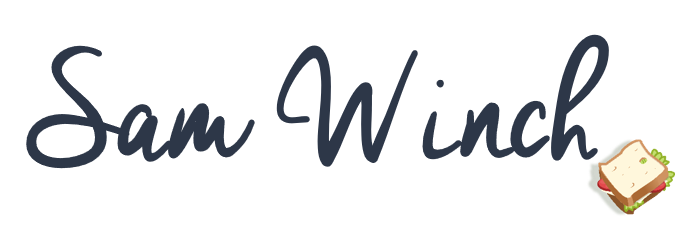Most of the clients I work with already have A LOT of content, and I’m sure you’re the same.
Blog posts, long-form social media posts, eBooks, videos,
all those files you’ve drafted and never done anything with.
You’ve got content coming out of your ears.
So, rather than start from scratch, let’s look at how you can use some of that existing content to form your course.
1. Do a Content Audit.
Ok, so this bit doesn’t sound like fun but bear with me for a second.
You already have a lot of content, but if it’s all over the place it will be hard to see
what you have and what you don’t.
As part of a content audit, you need to pull all your existing content together.
Dig out all those blog posts, drafted and published. If you have all the files from the published content,
that’s great, but if they only exist online, you’ll need to at least make a list of headlines and
overview so you can see them offline as well.
Do the same for videos, eBooks, templates… anything that you’ve created.
By the end, you should have a LONG list of titles, and maybe even key points for everything you’ve got.
(You might find the easiest way to do this is in a spreadsheet, that way you can link to the original as well.
In the future, you can keep track of which content has been used, updated or edited from here too.
A master list of content comes in handy for all sorts of reasons.)
2. Look for Patterns
Now it’s time to look for patterns and similarities.
Work through your overview list and look at what you’ve already created.
Your looking for content that is all about a similar subject, that relates, and/or
which takes someone through a journey.
You’re not necessarily looking for a course to just appear (I know, I’m sorry, I wish it did)
but you’re looking for the content that could form the backbone of the course.
Tip: Look for the content which takes people deeper and deeper into a topic
OR look for content that can structure together to form a beginning, a middle and an end.
3. Validate your Idea
Right, now you can see where you might have enough content to form the basis of a course…
but before you go to the effort of expanding it and putting all the tech together,
it’s important to make sure it’s something your audience actually wants more of.
Some ways to validate your idea:
– If the content was previously published you can look at how much traffic that piece had,
and you can look at the search traffic for those keywords. High traffic suggests that people are looking to learn about the subject.
– You can ask your audience.
Ask for input from your email list, your social followers, your reach out personally and ask a few raving fans.
Is this something they would like to see more of? If not, what else might they like?
– Pre-sell or build a waitlist.
One of the best ways to see if people are interested would be to get them to put their money where their mouth is.
Pre-Sale lets you see if it’s worth the work to keep going. If you don’t feel comfortable pre-selling, at least get people to sign up for a waitlist, so that you can build a list of people who are excitedly waiting for your course to come out.
4. Put your Content into a Framework
Now that you know there is a demand for your course, it’s time to put it together.
You’ll need to take that existing content and break it into a framework.
This means thinking about:
– The flow of information (you want to make sure it’s in a logical order)
– Breaking the content down into modules and lessons.
Making sure that each lesson is in a bite-sized, consumable format.
– Outlining stories and examples to make sure you give context to the content
– Planning tasks so that they can implement what they’ve learned as they go.
5. Gap-fill where Needed
Now that everything is clearly planned out in your framework you should be able to see where there are gaps,
or areas where your students need more content, more support, or more tasks.
Leaving this gap-filling right until the end ensures that you don’t have to create mounds of content for no reason,
because now you can clearly see what’s required and where.
Long story short:
Before you create a whole new course, and spend weeks or months creating documents and recording videos, look at what you already have.
It could save you a lot of double handling.


